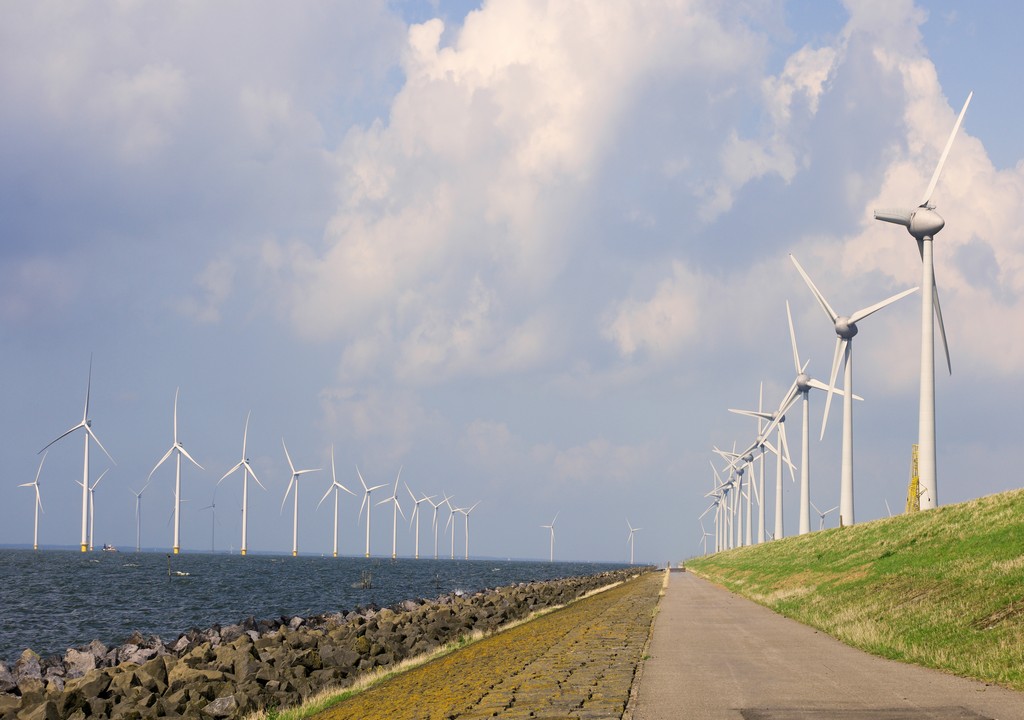Government’s partiality towards RE questioned
- August 16, 2017
- 0

This is the assessment of Bienvenido S. Oplas, Jr., president of local think tank Minimal Government Thinkers, who said there is a need for the country to add more big conventional plants (coal-fired, gas-fired, etc) to supersede existing plants and encourage a healthier, more exciting market competition because more players means lowered electricity prices.
Oplas said the Philippines currently ranks the 61st Asian country in the overall performance in the World Energy Trilemma Index, a range of data sets that evaluates 125 countries on its energy security, energy equity, environmental sustainability factors.
Breaking down the numbers, the country ranked first in the environmental sustainability category due to its high reliance on renewables.
“There is no need to “further decarbonize” as suggested by the CCC, DENR, and other greenies, suggesting that we close or discontinue having more coal power plants,” Oplas said.
The country also ranked 52nd in energy security, which addresses the impending energy supply shortage sometime around 2024; and 92nd in energy equity countered by expensive electricity costs.
“Nature has given the Philippines energy advantage. Volcanoes have given us plenty of geothermal resources and potentials. Our big mountains have given us more waterfalls and big river systems,” Oplas said.
Oplas observed these factors impose at least four dangers in the Philippine energy policies, which could lead high prices to a default.
First thing Oplas enumerated is the continuous rise of Feed-in Tariff (FiT) costs derived from renewable facilities, especially wind and solar, that have been straining consumers in the Cagayan region as well as in the far-flung areas of Southern Mindanao, in which prices rose from P0.04 in 2015, P0.1240 in 2016, and P0.18-P0.26 in mid-2017.
Secondly, the National Grid Corporation of the Philippines (NGCP) is urged to add more “ancillary” services to stabilize power supply from intermittent wind-solar, especially in remote islands where renewables operate. This causes transmission charges to go up as a result of accommodating renewables in the grid, Oplas said.
Thirdly, Oplas mentioned system losses in rural locations, where monopoly electric cooperatives reign. “Current ERC and legislative proposals plan to allow these ECs to retain their high system losses while pressuring private distribution utilities (DUs), which on average have low system losses, to further bring this down,” he said.
Lastly, the mandatory charges in electricity sales derived from expensive renewables, which Oplas assessed the industry can live without, but because they are costly, renewable portfolio standards (RPS) are imposed.
“If these renewables are cheap and getting cheaper as claimed by their developers and lobbyists, there is no need for RPS,” he added.